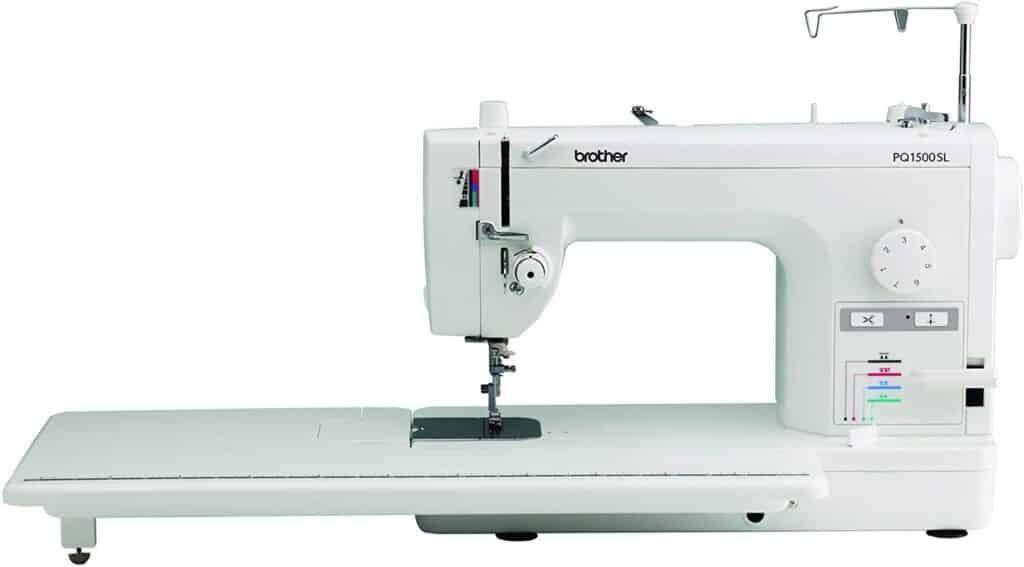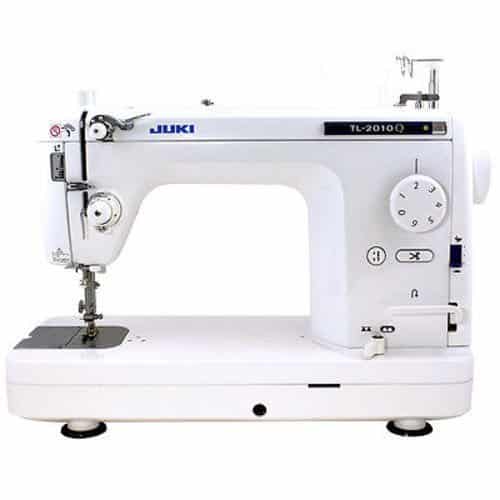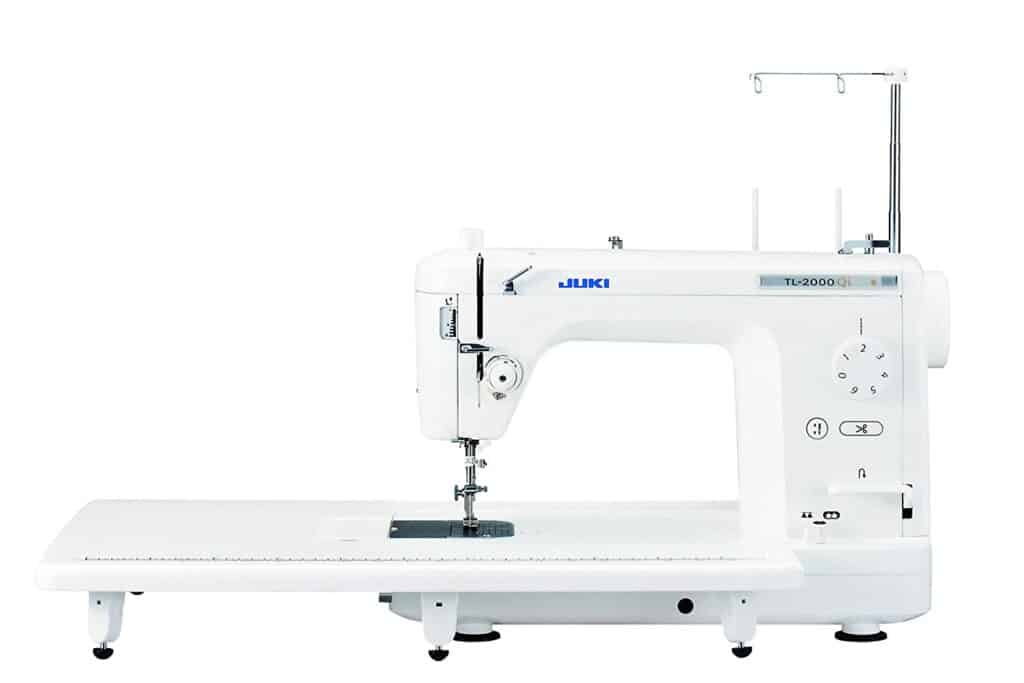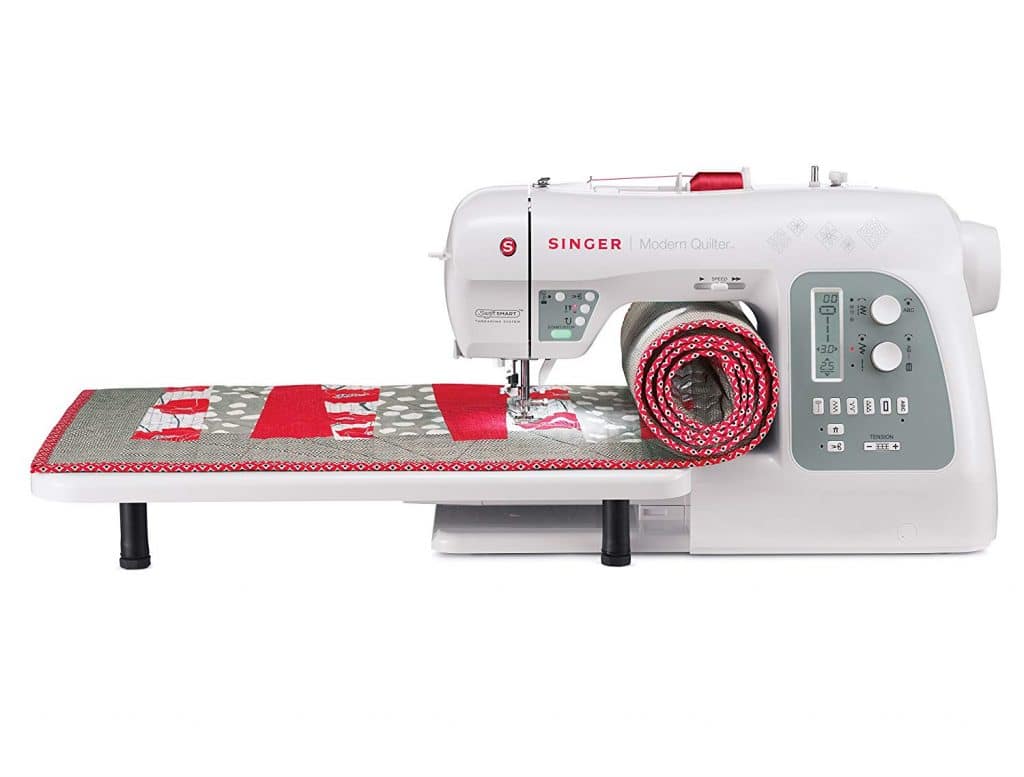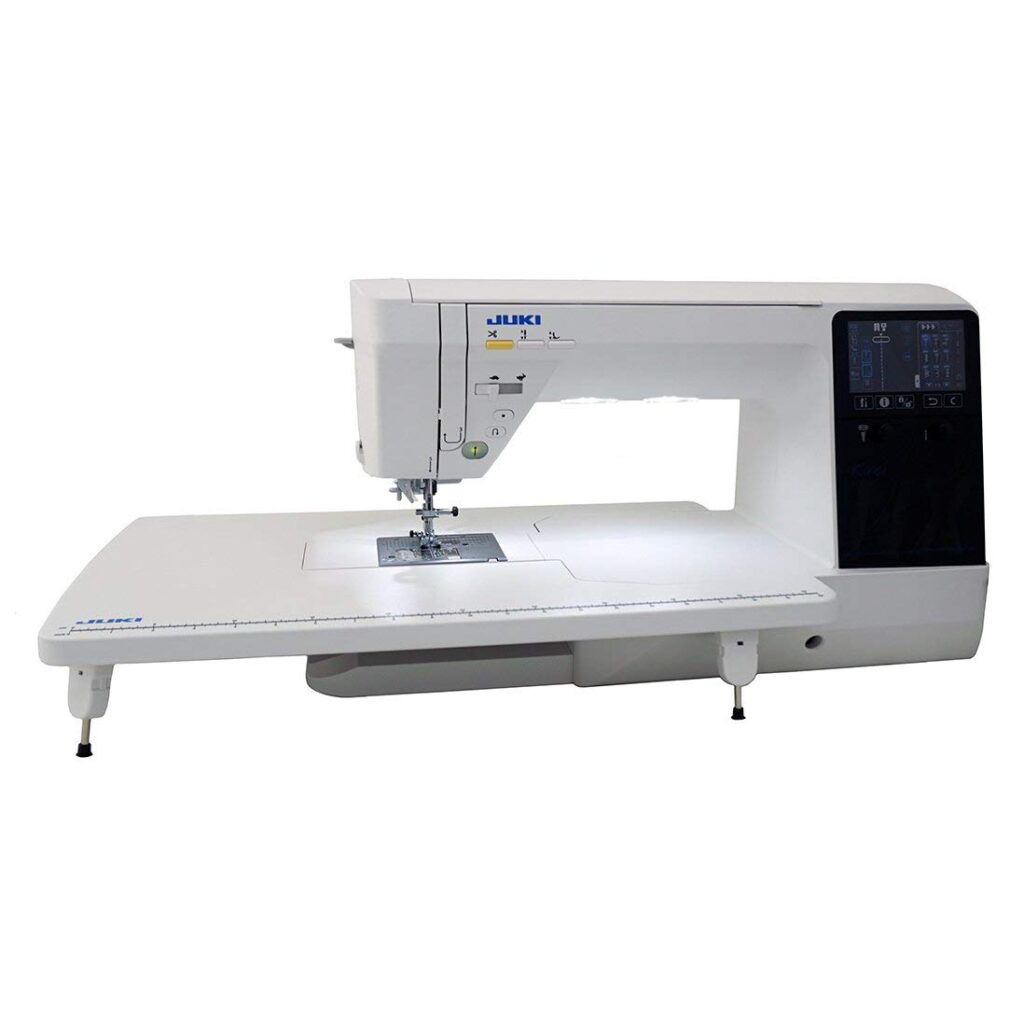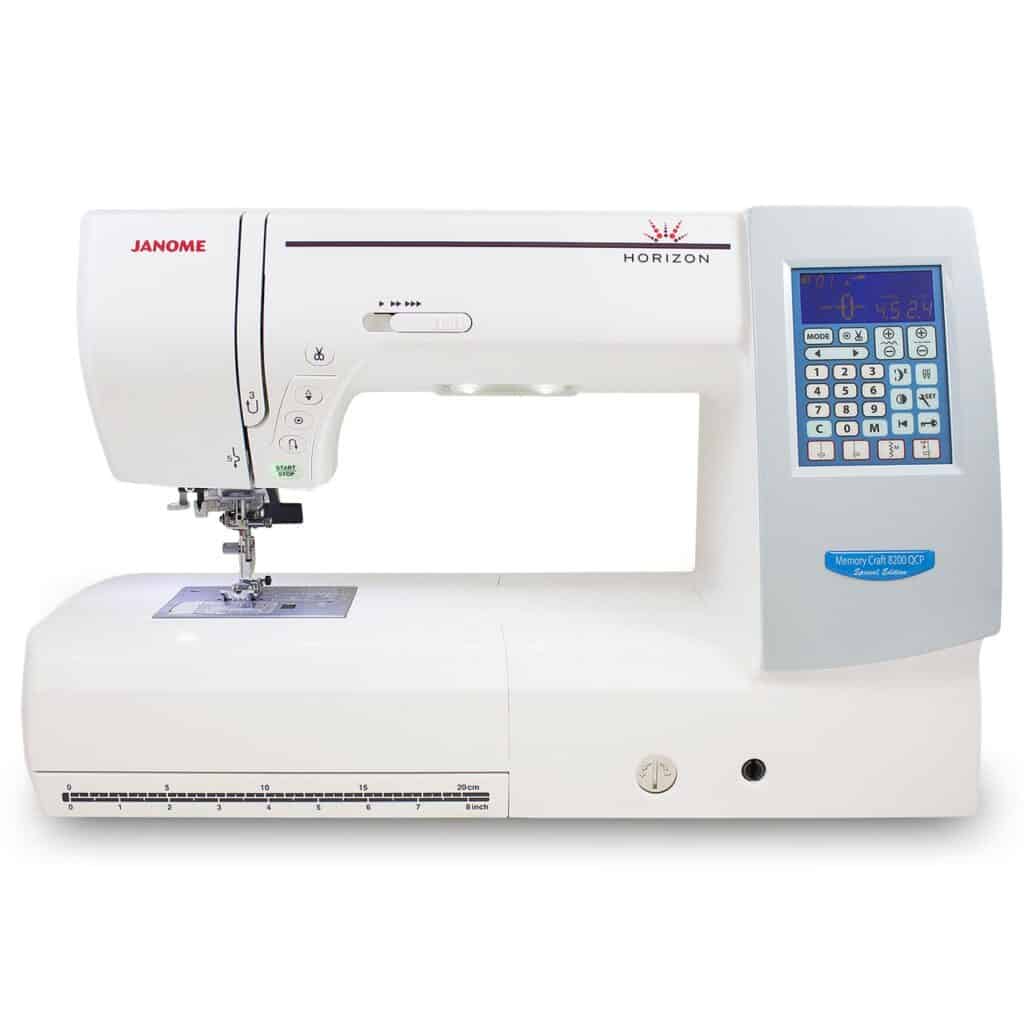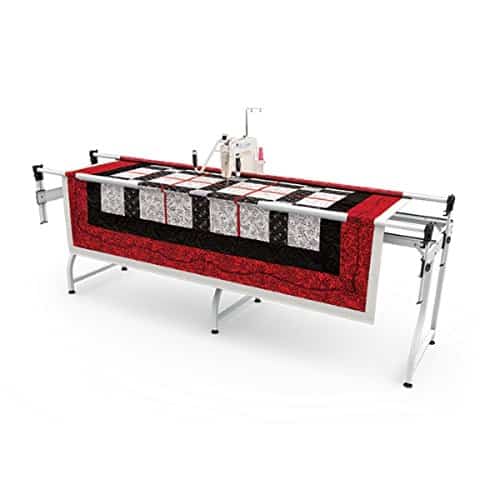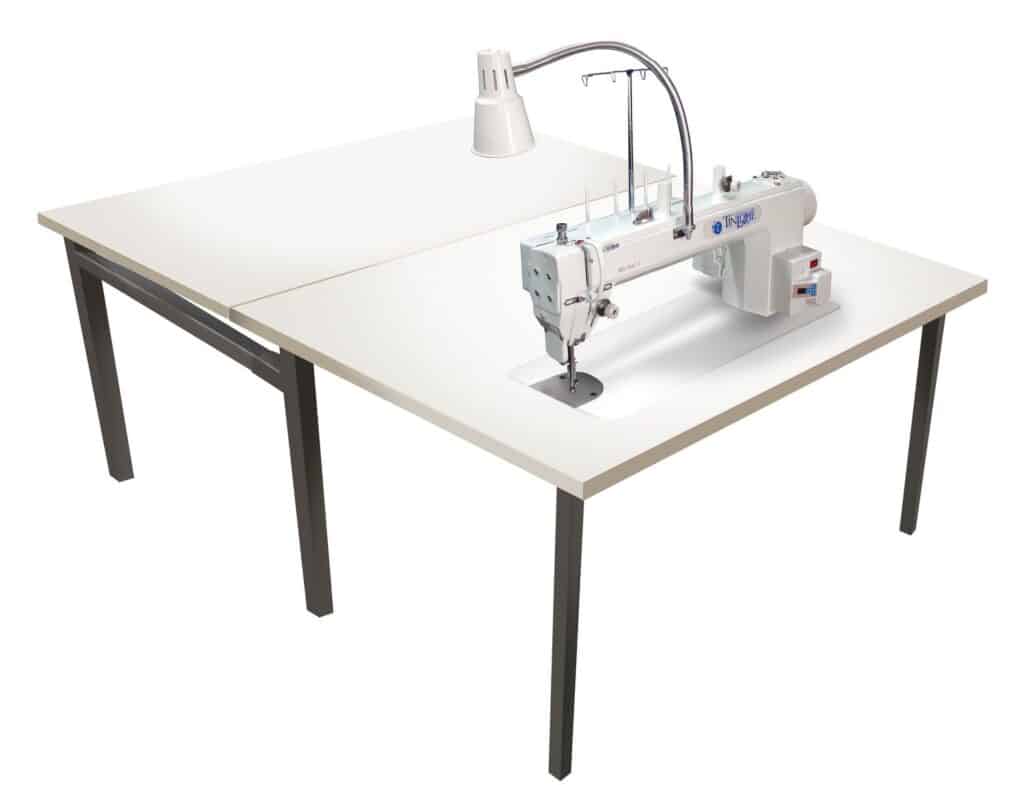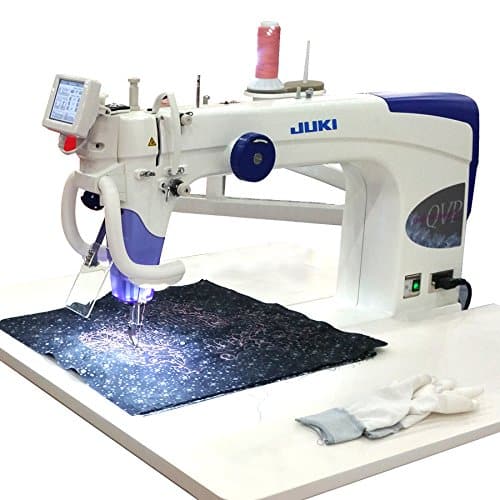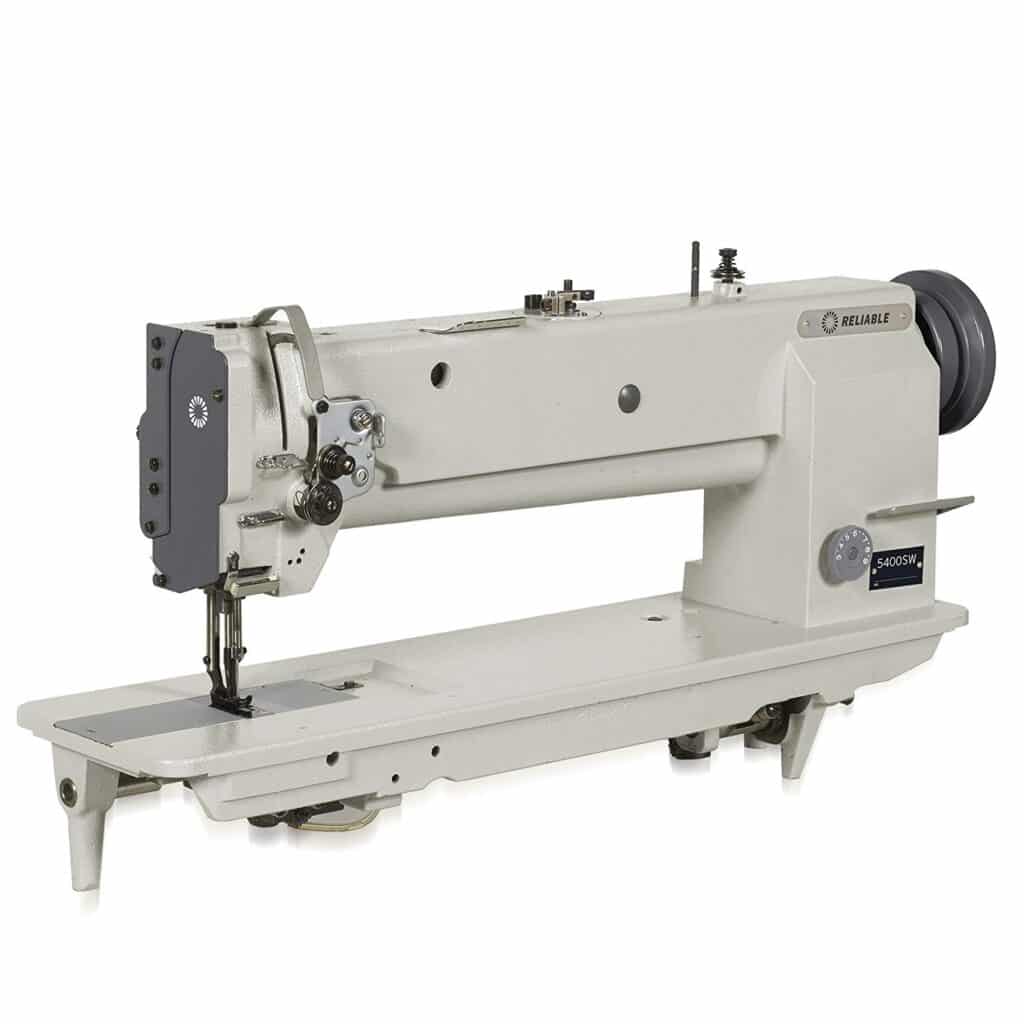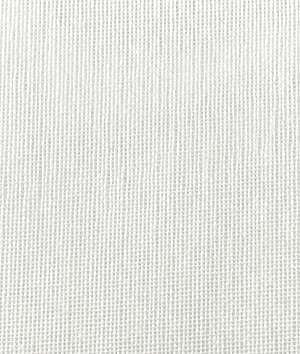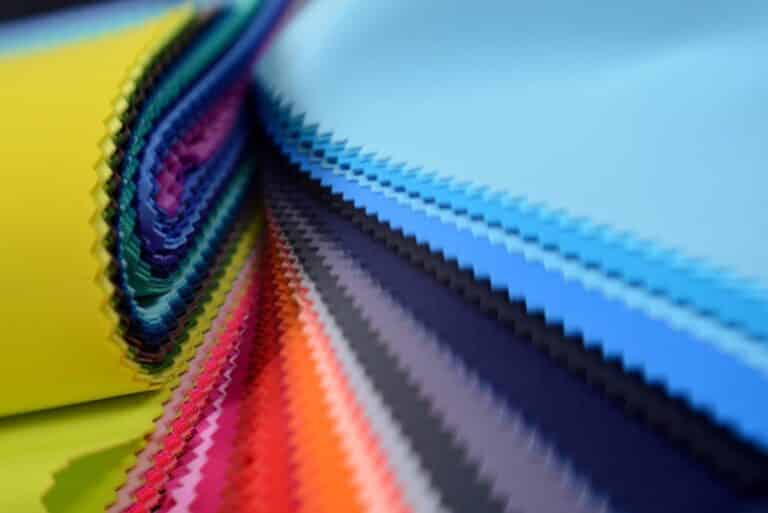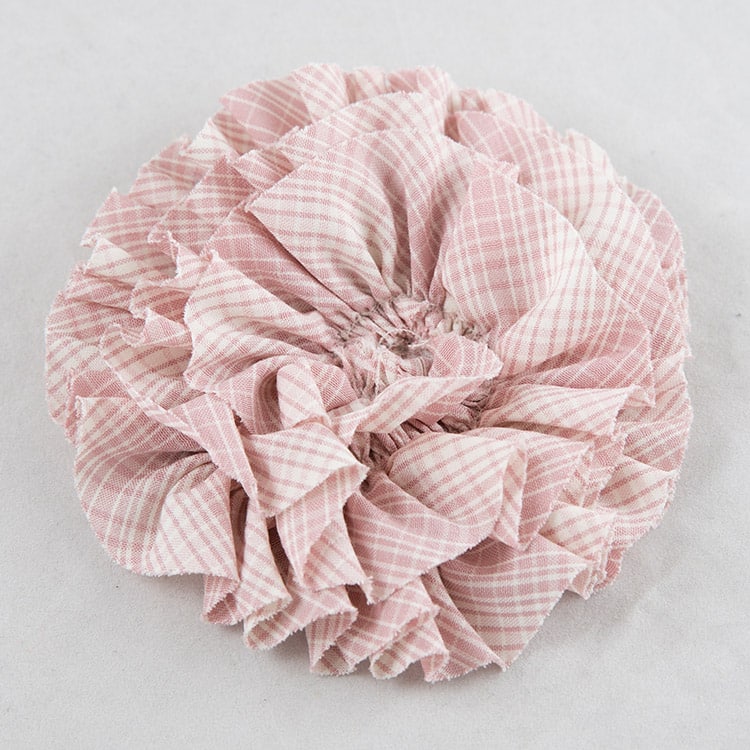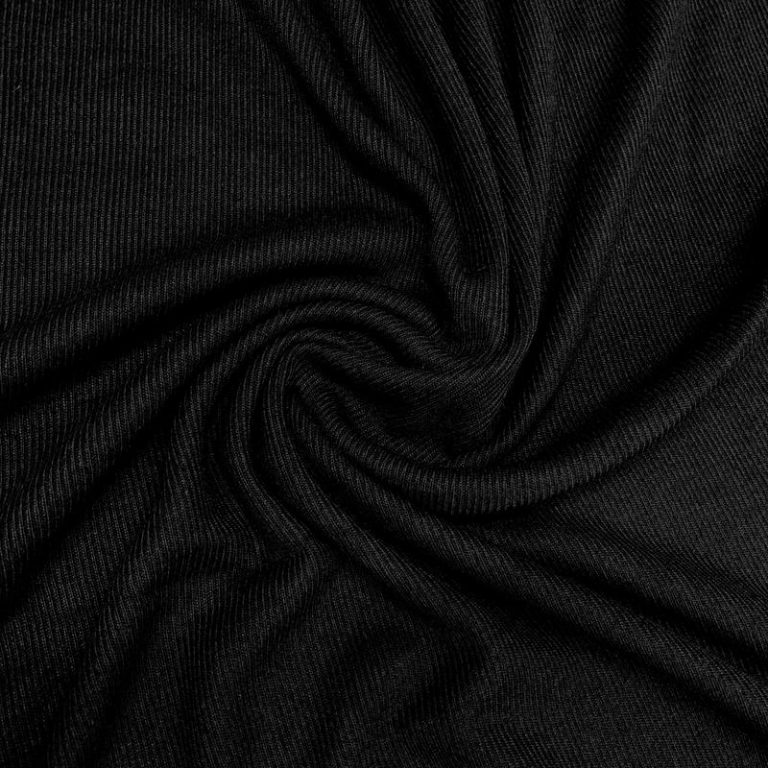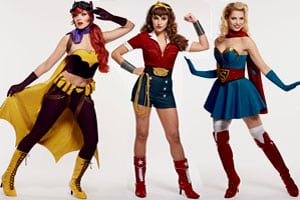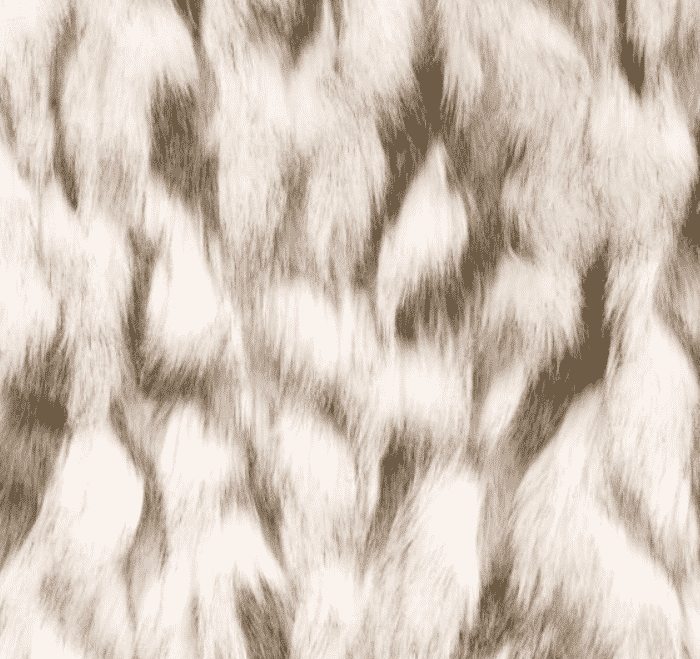10 Best Long Arm Quilting Machines
Table of Contents
- 1 Best Long-Arm Quilting Machines
- 1.1 1. Brother PQ1500SL Quilting and Sewing Machine
- 1.2 2. Juki TL-2010Q One Needle Portable Sewing Machine
- 1.3 3. Juki TL-2000Qi Long-Arm Sewing and Quilting Machine
- 1.4 4. Singer Modern Quilter 8500Q Computerized Sewing Machine
- 1.5 5. Juki HZL-NX7 Long-Arm Sewing Machine
- 1.6 6. Janome Memory Craft Horizon 8200QCP Special Edition
- 1.7
- 1.8 7. Grace Q-nique Long Arm Sewing Machine
- 1.9 8. Tin Lizzie 18 Sit Down Long Arm Quilting Machine
- 1.10 9. Juki TL2200-QVPS Sit Down Long Arm Quilting Machine
- 1.11 10. Reliable MSK-8400BL18 Long Arm Single Needle Sewing Machine
- 2 Best Way to Take Care of Your Sewing Machine for Quilting
- 3 To clean your Quilting Sewing Machine, follow these steps:
- 4 Long Arm Quilting Machine Buyer’s Guide
Best Long-Arm Quilting Machines
Here are our long arm quilting machine reviews.
1. Brother PQ1500SL Quilting and Sewing Machine
Check Today's Price on AmazonThe Brother PQ1500SL model comes packed with features that make it a great sewing machine for quilters. The free arm gives versatility for free sewing and makes basting and applique projects easy. The feed dog system is also adjustable to facilitate work on multiple layers when finishing quilts and for working on materials like velvet without leaving feed dog marks.
- Automatic needle threader and top drop-in bobbin system
- Retractable drop feed dog control
- Versatile free arm
2. Juki TL-2010Q One Needle Portable Sewing Machine
The Juki TL-2010Q model is a great choice for both straight stitching and quilting, and also provides professional results for tailoring and home decor projects. It can be used as a table top sewing machine, or mounted in some cabinets and quilting frames. It is portable and also includes an optional work area extension.
- Automatic thread trimmer
- Larger work area than a conventional sewing machine
- Light weight and portable
3. Juki TL-2000Qi Long-Arm Sewing and Quilting Machine
Check Today's Price on AmazonThe Juki TL-2000Qi model features a long arm and extendable work area, allowing for an extra large work area which facilitates bulky projects like quilts. This is a solidly built machine with an aluminum diecast frame for low vibration operation. It has up to 12mm of presser foot lift, allowing for work on multiple layers of fabric and heavy, bulky fabrics.
- Automatic needle threader
- LED lights
- One pedal operation
4. Singer Modern Quilter 8500Q Computerized Sewing Machine
Check Today's Price on AmazonThe Singer Modern Quilter 8500Q model is a computerized sewing machine with all the features necessary to facilitate working on large projects such as quilts. It includes a variety of different presser feet for different types of projects. It also comes programmed with 215 stitches, which make it a great option for appliqueing and finishing quilt tops with decorative stitches.
- Seven segment feed dog system
- Programmable needle up/down
- Automatic bobbin winding
5. Juki HZL-NX7 Long-Arm Sewing Machine
Check Today's Price on AmazonThe Juki HZL-NX7 model has all the features which make for a powerful quilting machine. A large work area is illuminated by two LED lights and the feed dogs can be retracted for free motion sewing, perfect for applique and decorative work on quilts. The presser foot also pivots easily to provide for smooth movement when sewing curved lines and around corners.
- Color touch panel
- Easy to use digital thread tension
- Large illuminated workspace
6. Janome Memory Craft Horizon 8200QCP Special Edition
Check Today's Price on AmazonThe Janome 8200QCP model is a versatile machine, which is well suited for quilting, but can also be used for professional results on a variety of other projects. It comes programmed with 170 built-in stitches, including a variety of one step buttonholes. The large work area to the right of the needle and extra high presser foot lift make this the perfect machine for bulky projects.
- 11 inches of arm space – perfect for large projects
- Adjustable knee lift
- Automatic thread tension system
7. Grace Q-nique Long Arm Sewing Machine
Check Today's Price on AmazonThe Grace Q-nique model is a serious investment for a serious quilter. It comes with a frame to set up your quilting projects and handles which easily control the movement of the machine. It is also easy to set up and use.
- Included quilting frame
- Handles control movement of the machine
- Includes a bobbin winder
8. Tin Lizzie 18 Sit Down Long Arm Quilting Machine
Check Today's Price on AmazonThe Tin Lizzie 18 model comes with a table which expands to up to 30 inches by 47 inches and 18 inch by 6 inch throat space, which makes it the perfect machine for large quilting projects. It has variable speed foot control for maximum control while quilting. These features allow the quilter to move even large quilts effortlessly.
- 18 inch by 6 inch throat space
- Automatic needle positioner
- Built in bobbin winder with large bobbin
9. Juki TL2200-QVPS Sit Down Long Arm Quilting Machine
Check Today's Price on AmazonThe Juki TL2200-QVPS model is perfect for large quilting projects – it comes with a table that can extend up to 50 inches wide. It also features built-in basting and a laser point guide. It has handles which can be removed if desired.
- Comes with table and stand
- Adjustable 30 inch to 34 inch height
- Foot control
10. Reliable MSK-8400BL18 Long Arm Single Needle Sewing Machine
Check Today's Price on AmazonThe Reliable MSK-8400BL model features and 18 inch long arm, along with a number of other features to make working on quilts easy. It has a walking foot to facilitate work on multiple quilt layers while maintaining even feed of the bottom and top layers. It also features a powerful motor for industrial-level sewing power, but still runs quietly.
- Stitch dial and reverse lever
- Stand and light included
- Built-in bobbin winder
Best Way to Take Care of Your Sewing Machine for Quilting
Replace your needle.
Instructions for Needle Replacement for your Quilting Sewing Machine
Directions for changing the needle can be found in the owner’s manual that came with your quilting machine. The majority of machines follow a similar pattern:
- Remove the needle set screw and loosen it.
- Pull the needle out of the needle bar by pulling it down.
- Insert the new needle and raise it until the needle’s butt contacts the stop.
- Remove the needle set screw and tighten it.
Use a cover to keep dust at bay.
Make sure all of the screws and components are tight.
A lot of screws and mechanical components in your sewing machine loosen up over time. While your equipment may appear to be well-built, some components will require tightening over time. I recommend inspecting the screws every few months or whenever you clean the machine.
Tightening all of the components will ensure that the machine stays together and will also reduce noise.
Keep Your Machine Clean Often
Your sewing machine should come with an instruction manual, and you should read it carefully and follow all of the instructions. There will be a section on maintenance, and it will be a significant portion because it will cover advice not covered in this text.
You’ll need to clean your sewing machine, which will also prevent dust from building in the machine’s interior components. This will ensure that the internal workings are in the greatest possible shape.
To clean your Quilting Sewing Machine, follow these steps:
- Remove the plug. You should never clean a sewing machine that is plugged in because you risk harming yourself. You’ll want to clean out all of the small parts and components with a small lint brush. The smaller components, such as the presser foot, sewing plate, and needle, may need to be removed.
- Remove any lint and old thread from the machine if it exists. If there is thread stuck inside after removing the presser foot and bobbin, use the lint brush to remove it, or a small pair of tweezers to get the bits out.
People who use their sewing machine seldom may only need to clean it once every 6–12 months or after a few sewing tasks. If you’re a frequent seamstress like me, you’ll need to clean your machine more frequently — at the very least once a month. It is recommended that you clean it AT LEAST once a year.
Also, don’t try to wipe out stuck particles by blowing them into your machine. Many people believe that by blowing into the machine, they are truly assisting, but this is not the case. You will be introducing moisture to the machine when you breathe into it.
Instead, you should use a can of pressurized air to accomplish it properly. This is the most effective method. Compressed air is available at most large retail chains and computer stores. Make maintaining a clean machine a hobby.
Lubricate the machine
Moving parts produce friction, which causes heat to build up and eventually wear on your internal components. Even the best sewing machine needs to be properly lubricated to keep the heat to a minimum and prevent damage to the internal components.
You can find out which components need to be oiled in the instructions.
Some of the components that will require lubrication include:
- Bobbin casing with presser foot spring
- beneath the stitching plate
- If you can’t find your manual, look for a tutorial online or a YouTube video to assist you.
Select High-Quality Thread and Needles
Low-quality needles and thread are prone to breaking frequently, and when they do, they might damage your machine. The lower-end thread is frequently coated with a wax substance, which is designed for hand sewing rather than sewing with a sewing machine. If you use inexpensive needles and thread, you will not get the most out of your machine.
Choose high-quality needles and thread instead. These fabrics are more durable, have no coating, and produce fewer fibers in your machine.
Apart from these fundamental guidelines, there isn’t much else you can do to care for your sewing machine. However, there is one more thing you should keep in mind: fix your gadget as necessary.
Many people will notice that their sewing machine is malfunctioning. Perhaps they can hear grinding or hear a loud noise coming from the motor. It will be in the best functioning condition if you take it to a technician.
Have it serviced on a regular basis
Even the best quilting sewing machine needs to be maintained once a year. If you own a business, this happens more frequently.
Quilting machines, like sewing machines, feature numerous moving parts. Lubrication is required for moving parts, but it is not an easy task to complete on your own. To keep computerized quilting machines in top operating order, technicians are trained to maintain and service them.
The technician will do the following when you bring your quilting sewing machine in for service:
- All major components’ covers should be removed.
- Remove any lint, dust, or oil.
- Take up the lever and remove the threads from the handwheel.
- Lint should be removed from the top tension disks.
- If it’s an older machine, check the motor brushes.
- Examine the machine’s timing or motor belt for tightness and regions of excessive wear.
- Look for evidence of wear and tear on the bearings.
- Check the shafts to make sure they’re secure.
- Loose gears should be tightened.
- Take a look at the bobbin winder.
- Feed dog alignment and height should be checked.
- Lubricate the machine’s working parts.
- Check to see if the needle is centered.
- Adjust the tension in the bobbin case.
- Time the feed dog and machine needle movements.
- Clean the bobbin case of lint.
Long Arm Quilting Machine Buyer’s Guide
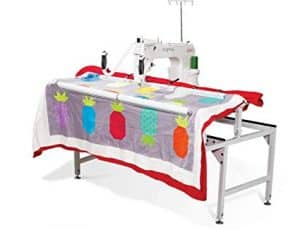
The key feature to look for in a long arm quilting machine is the work space available. The purpose of a longer arm is to provide more throat space to prevent bunching of fabric while working on quilting projects. Many long arm machines also include an extension table or can easily be attached to one. These features allow for smooth feeding of quilts for the most accurate results.
Most long arm quilting machines come with frames already included. The quilter can often choose what size of frame would be appropriate for their project. Many models, especially those from Brother, Singer, Juki, and Janome, can also attach to a variety of frames for added versatility when making different sizes of quilts. Most long arm sewing machines can be used from a seated position, but some are easier to use while standing.
Another feature to consider when selecting a long arm sewing machine is the type of presser foot included. Some machines include more than one presser foot, which leads to more versatility. A walking presser foot can be a valuable feature because it allows the presser foot to work in coordination with the feed dog system to smoothly move even a thick quilt through the sewing machine without bunching or gathering.
Recommended Reading: Best Mid-Arm Quilting Machines and Best Quilting Books.
In terms of design and functioning, sewing machines and quilting machines are fairly similar. In truth, many machines are capable of both sewing and quilting.
The amount of workspace on the machine is one of the key differences between quilting and sewing machines. Quilting machines offer a significantly wider work surface than sewing machines, making it easier to work on huge projects.
Quilting machines may also have higher sewing speeds and specialized presser feet, making it quicker to execute projects with a more professional appearance. They excel at making quilts of all shapes and sizes.
Yes! You’ll need a walking foot if you want your project to run smoothly and look its best. A walking foot, in essence, adds another set of feed dogs to the top of your quilt. This may not appear to be a significant issue, but it is.
Quilt tops include a lot of seams, which results in a lot of mass. When you add batting into the mix, you get even more bulk.
A walking foot can be used to convert a conventional sewing machine to a quilting machine. Because of the mass, a regular presser foot would push against the top layer and towards you if it didn’t have it. This will result in a rumpled, bunched-up quilt that is less than appealing.
A walking foot doubles as a second set of feed dogs, making working with numerous layers of heavy fabric much easier. The upper layer of the walking foot scoots at the same rate as the bottom layer. There’s no need to be concerned about misalignment because both layers move at the same time. They’re the best when it comes to keeping your cloth from bunching up when you’re sewing.
The feed dogs on the presser foot grab the top layer of the fabric and move it beneath the needle at the same speed as the machine’s feed dog.
Yes. A walking foot may be included in the accessory pack of a quilting sewing machine. You can, however, buy them separately for your computer (in most cases). A walking foot may be difficult to locate for an older sewing machine, but most of the best recent models will have one accessible as an extra.
A quilting stitch is a sort of stitch that is specifically created for quilts. Decorative stitches and free-motion sewing are examples of these. Quilting stitches are available on some machines, whereas others offer only a few.
Making loose straight (or running) threads on different fabric layers to hold them together is known as basting. Instead of pinning layers together, this method is used.
Tacking stitches are another name for basting stitches.
A quilting stitch is a simple running stitch used to make the finished quilt.


